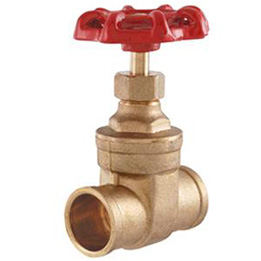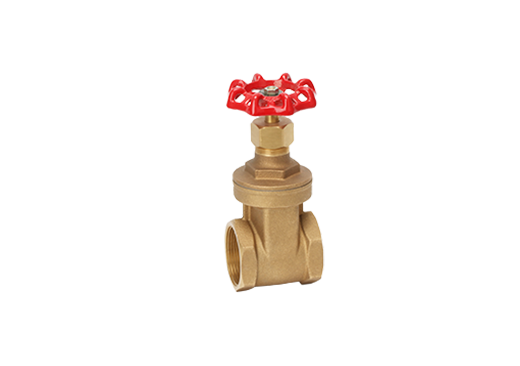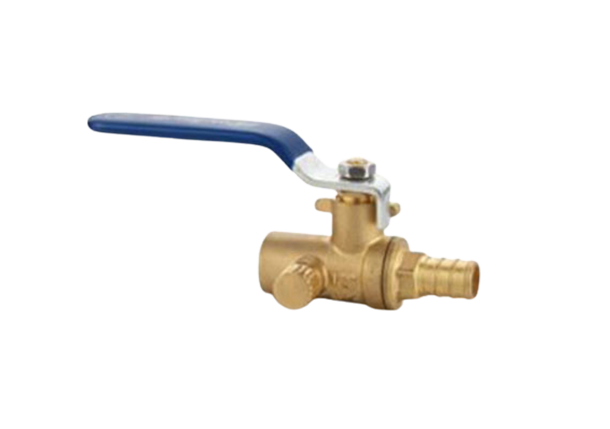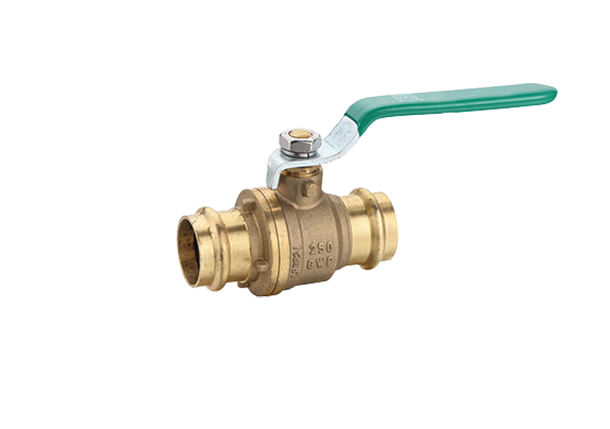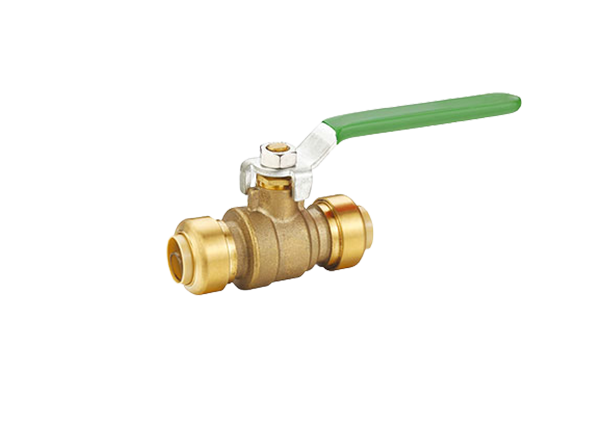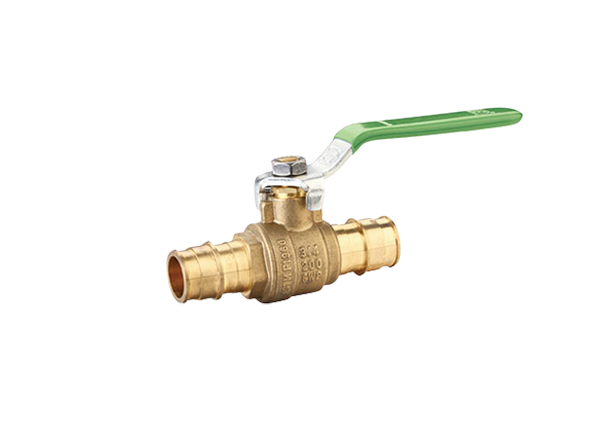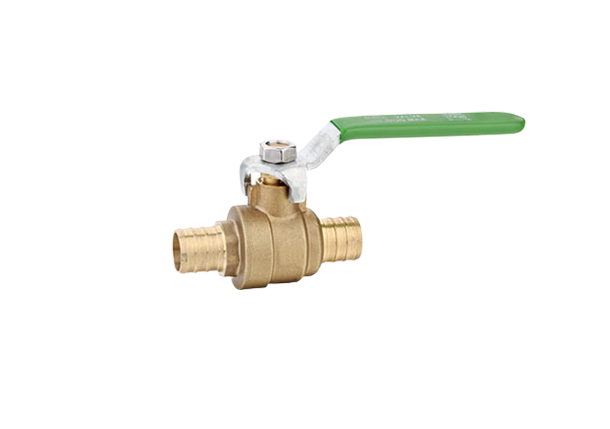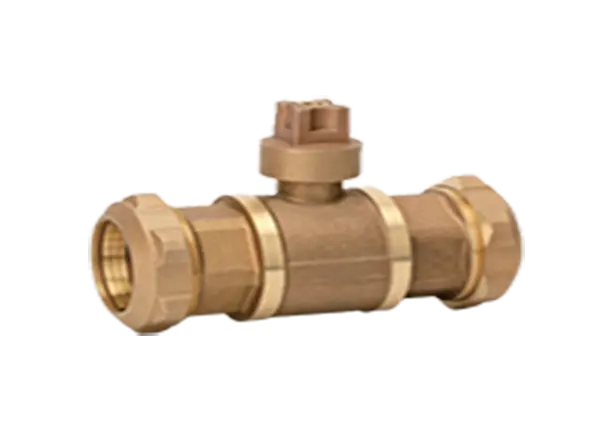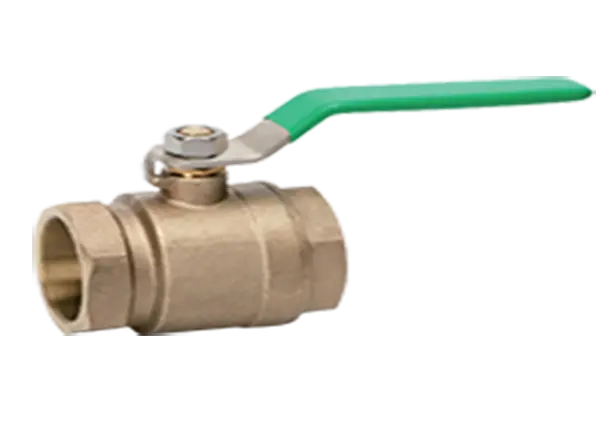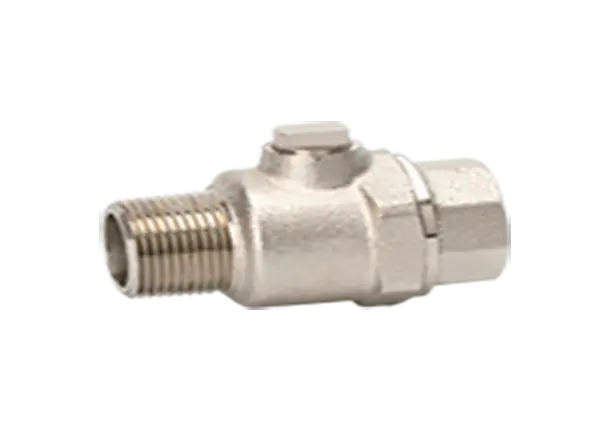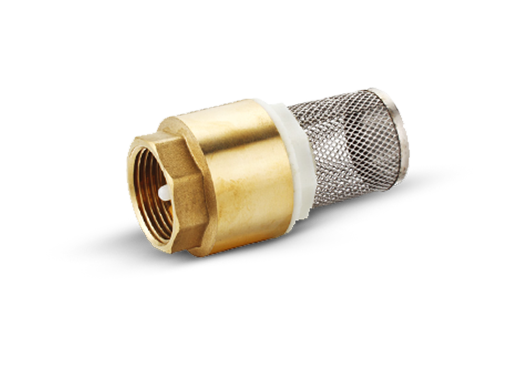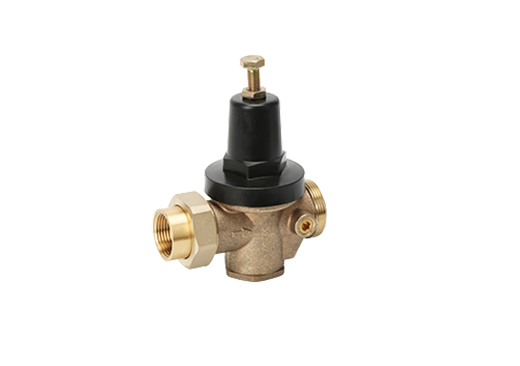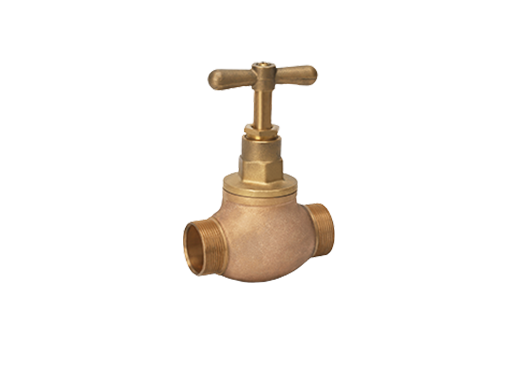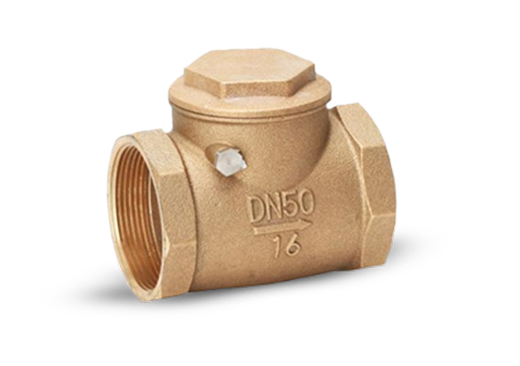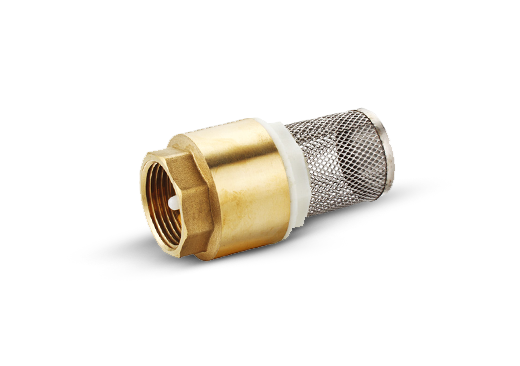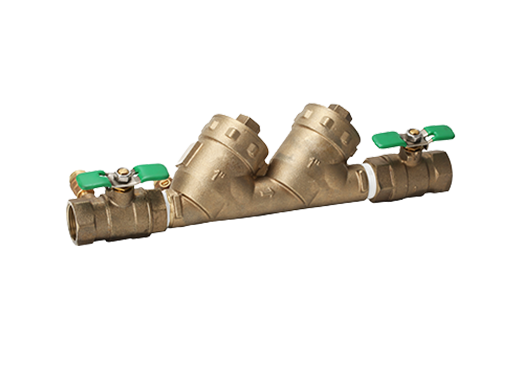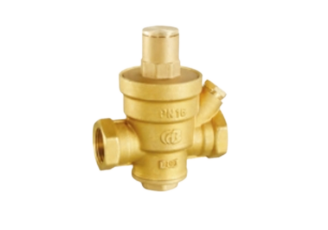Exploring the Working Principle of Copper Globe Valves
In the world of industrial and plumbing systems, various types of valves are used to regulate the flow of fluids. Among them, the copper globe valve stands out as a versatile and efficient option. In this blog, we will delve into the working principle of copper globe valves, understanding their construction and how they facilitate smooth fluid flow.
Understanding the Basics of Globe Valves
Globe valves are essential components in piping systems, known for their ability to control the flow of fluids with precision. These valves consist of a movable disk (also called a plug or disc) that regulates the flow of fluid inside a spherical body. Typically, this spherical body is constructed using copper, ensuring superior durability and resistance to corrosion.
Components and Construction of Copper Globe Valves
Copper globe valves possess a distinctive design that enhances their functionality. The major components include the valve body, bonnet, stem, disk, and seat. The disk is connected to the valve stem, allowing it to move up and down based on the rotation of the stem. The seal between the disk and the seat ensures a tight closure, preventing any leakage or unwanted flow of fluid. The use of copper in the construction of these valves ensures longevity, excellent thermal conductivity, and high resistance to corrosion, making them a reliable choice for various applications.
Working Principle of Copper Globe Valves
The functioning of copper globe valve is based on an up-and-down movement of the disk, which controls the fluid flow by either allowing it to pass through or blocking it completely. The valve stem, which extends outside the valve body, is connected to an actuator or handle. By rotating the handle in different directions, the stem moves, resulting in the upward or downward motion of the disk within the valve body. When the disk is lifted, the flow of fluid is enabled as it passes through the gap between the disk and the seat. Conversely, lowering the disk seals off the path, completely arresting the fluid flow.
Applications of Copper Globe Valves
Thanks to their versatile nature, copper globe valves find extensive use in a wide range of industries. Some common applications include:
Industrial Plants: Copper globe valves play a vital role in regulating the flow of fluids in manufacturing plants, specifically where high-pressure and high-temperature conditions are encountered. Their durability and reliable sealing mechanisms make them ideal for such demanding environments.
Water Supply Systems: Copper globe valves are instrumental in water supply networks, allowing for precise control and isolation of water flow. The resilience of copper ensures consistent performance, even in harsh conditions.
Piping Systems: In general plumbing installations, copper globe valves provide an excellent solution for controlling the flow of water, natural gas, or other fluids, ensuring smooth operations and preventing leaks.
Copper globe valves are vital components that adhere to the specific requirements of fluid control systems across various industries. With their unique design and superior construction, these valves guarantee precise regulation of fluid flow, preventing leaks and enabling smooth functioning. By understanding the working principles and applications of copper globe valves, we can appreciate their significance in maintaining efficient and reliable fluid control throughout various industrial and plumbing systems.
Different Carbo Valves For Sale

